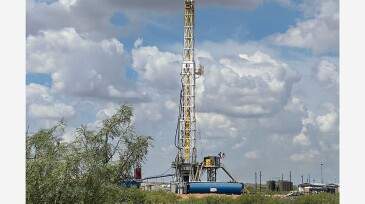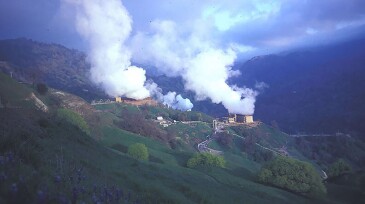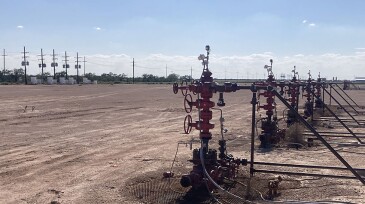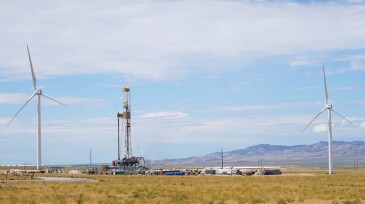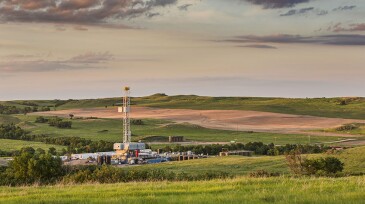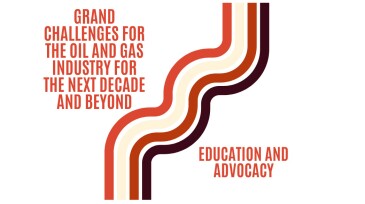Monthly Features
-
Data and impartial viewpoints can help de-risk exploration portfolios and keep resource estimates in check.
-
A new tubing-conveyed tool combines wellbore cleanout with multi-tracer deployment for production diagnostics and reservoir monitoring.
-
Technology developers expect the tight-oil industry to give lightweight proppants another look after the Permian Basin’s biggest operator becomes an adopter.
-
Alaskan oil is entering a renaissance driven by a predicted 13% upswing in 2026 production, the largest since the 1980s, and a possible reboot of LNG exports to Asia from the Kenai Peninsula, supplied via pipeline from the North Slope.
-
Adaptability, collaboration, and digital technologies are all pages in Aramco’s oilfield R&D playbook.
-
Operators from across the region met in Muscat to share how lessons from pilot programs are shaping cost, scale, and technology priorities across the region.
-
Technology uptake aimed at optimizing resources, delivering consistency, and augmenting what humans can do.
-
The road to a low-carbon world is paved with more than just shiny new facilities and the promise to deliver impressive CO₂ reductions from the atmosphere. Without the software to site, monitor, and maintain those facilities, the drive for net zero would be stuck in neutral.
-
What we’ve learned about faster drilling in oil and gas applied just as well to geothermal development—until we reached The Geysers.
-
New and evolving artificial lift technology is helping operators improve production rates.
-
Straddling Europe and Asia, the Black Sea is emerging as a frontier for deepwater gas exploration and production as Romania and Turkey drive projects complicated by subsea hazards found nowhere else on earth.
-
Shale Ingenuity’s first pilot used common natural gas liquids to boost daily output 30-fold from a low-producing horizontal well in Texas.
-
The Energy & Environmental Research Center in North Dakota outlines the difficulty that the oil and gas industry faces in pinpointing sources of H2S production.
-
Maximizing profits in geothermal energy may require the flexibility to adjust output as electricity prices fluctuate. Battery storage can ensure power is available when prices peak.
-
Over the past 75 years, drillers have gone from the Stone Age to the Space Age when it comes to technological improvements in well construction methods. Yesterday’s crude wood and iron drilling techniques have given way to today’s video game-inspired controls and robotic assistance—much of which migrated from offshore applications. These advancements have driven costs…
-
The energy industry faces a shortage of skilled professionals, and high salaries aren’t enough to attract new talent. We need to show how careers in this field offer meaning and stability, with transferable skills across energy sectors.
Explore Content by Discipline
Power Up With JPT Newsletters
JPT Newsletter (Weekly).
All the top stories, trends, and tech.
JPT Unconventional Insights (Monthly).
Fresh takes on shale and tight oil.
Get JPT articles in your LinkedIn feed and stay current with oil and gas news and technology.







